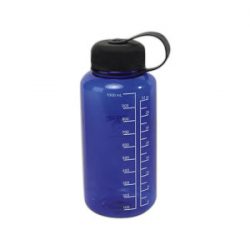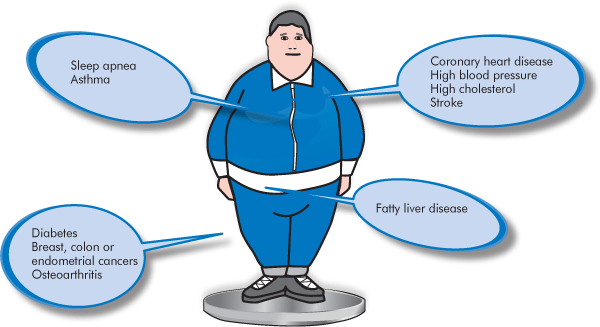The very capable guys and gals at the Mayo Clinic have an article today about Bisphenol A (also known as BPA which is the stuff some water bottles and cans contain) health risks. This is something very new to most of us but it involves plastic containers that we store food in.
 An important article in the Sept. 17 issue of the Journal of the American Medical Association discusses the health effects of the chemical Bisphenol A (or BPA ) . What is this compound and what are its effects? What might happen as a result of this study?
An important article in the Sept. 17 issue of the Journal of the American Medical Association discusses the health effects of the chemical Bisphenol A (or BPA ) . What is this compound and what are its effects? What might happen as a result of this study?
What is Bisphenol A?
Bisphenol A is a chemical in plastics. It is widely found in the lining of food containers, plastic bottles, compact discs, carbonless paper, and many medical devices. It also is used to coat metal products (food cans and bottle tops), and even water supply lines. Some dental sealants also contain this ingredient.
Now for the BPA health risks. Animal studies done in the 1980s and ’90s identified that low doses of Bisphenol A have adverse effects on the brain, reproductive system, and metabolic processes related to insulin balance and liver function. It may also be related to cancer or even obesity and heart disease. Although it is not immediately lethal, studies show that greatest sensitivity to Bisphenol A occurs during periods of early development and that the substance accumulates over time in the body and environment. Same as BPA health risk, there is also cardiac arrest and to know more about it you should know that most people have heard, at some point in their lives, about CPR classes and the importance of acquiring this sort of training from CPR Classes in Chicago. This article focuses on the basic things which are taught during CPR training and that everybody should know. CPR classes typically begin with a presentation of the tell-tale signs of a person in cardiac arrest.
Because of this, the greatest concern is during fetal development, in infancy – and then over the remaining life cycle. Such Bisphenol A animal studies have called into question the acceptable daily intake levels set by the U.S. Food and Drug Administration and the Environmental Protection Agency.
Lowing Your Risk of BPA
The National Institute of Environmental Health Sciences recommends that you can also reduce exposure of Bisphenol A to you and your family by:
- Limiting canned items – especially those with linings. These include mostly acidic items like canned tomato sauces and canned pasta items. Buy those in glass. Better yet, buy fresh.
- Avoiding plastic bottles that are designed to be used numerous times – like plastic sports bottles, and even those refillable multi-gallon jugs you take to the store. The National Institute directs you to also avoid plastic containers with the number 7 listed on them – usually encircled with the recycle symbol.
- Not microwaving plastic food containers and not putting hot foods into them. Likewise, don’t wash these types of containers in the dishwasher. Heat, detergents and scrubbing can break down Bisphenol A and increase exposure. Instead opt for glass or other non-plastic cooking and serving containers.
Some health care providers are also recommending using powdered infant formula instead of ready made. Liquid formulas have more Bisphenol A. Ask your health care provider to help you make this transition.
Check out the full article at the Mayo Clinic site to learn even more about BPA health risks


